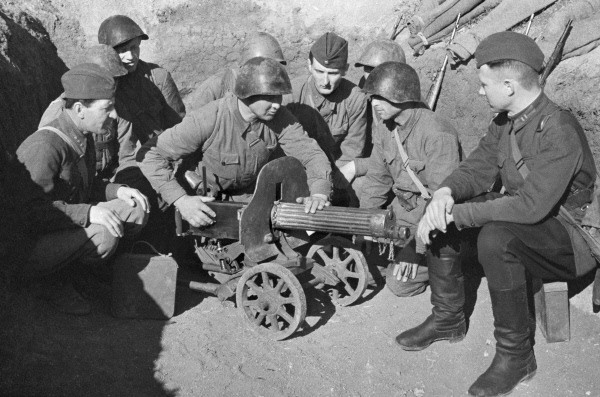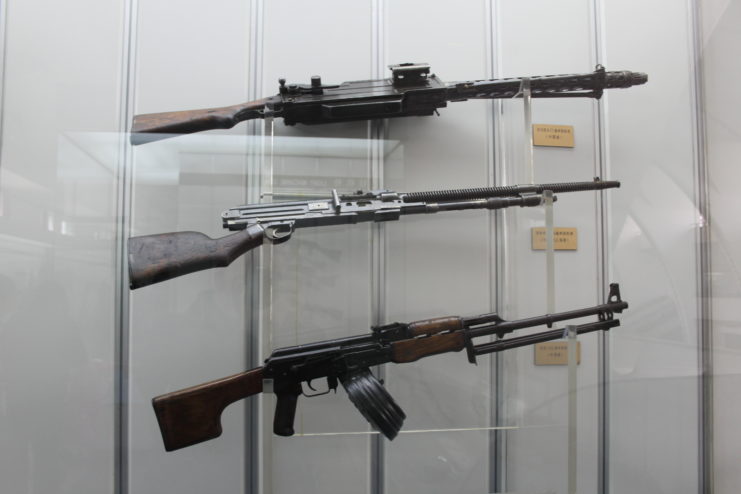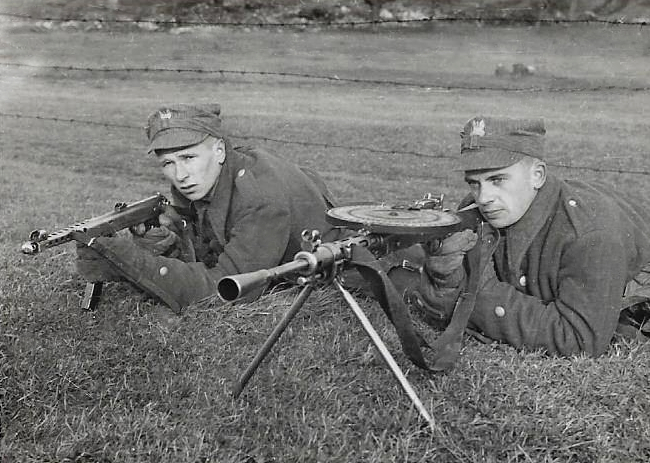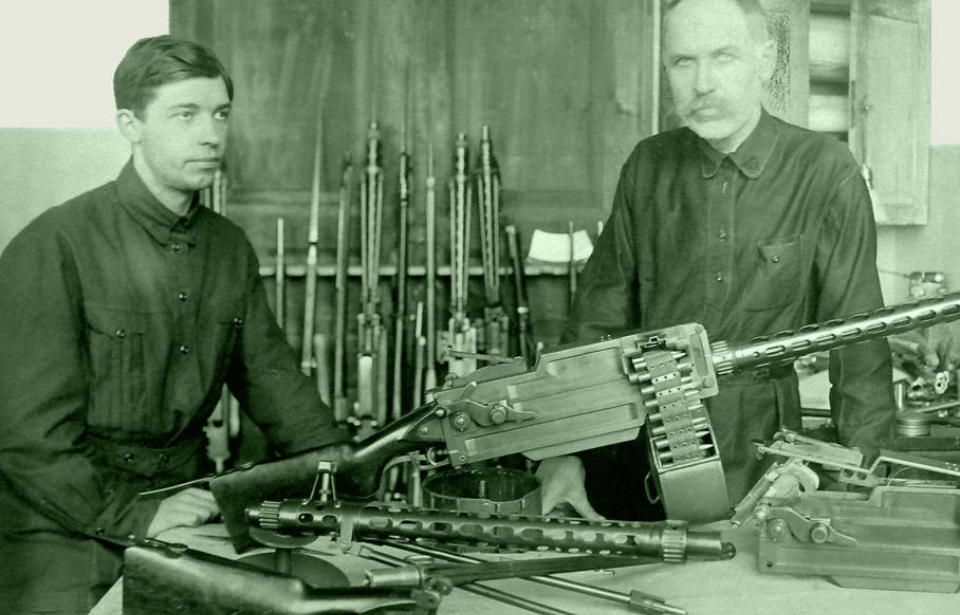The Maxim-Tokarev was the first ever domestically mass-produced light machine gun of its kind. Born off the back of the reliable PM M1910, it became the first Soviet-made automatic weapon to be accepted into service with the Red Army. While it was quickly replaced, it improved upon its predecessor, allowing for even further advancements to be made with future automatic guns.
Designing a replacement for the PM M1910

The Maxim-Tokarev was developed as a replacement for the Pulemyot Maxima PM M1910 as it was beginning to show its age following it use during World War I and the Russian Civil War. As the Soviets were in international diplomatic isolation, spare parts and ammunition were difficult to come by. Given this, it was decided that improvements could be made upon the reliable, though dated, weapon.
The Maxim-Tokarev was designed by Fedor Tokarev in the early 1920s as part of the GAU emergency program responsible for arming the Red Army with a new light machine gun. Another was developed by Ivan Nikolaevich Kolesnikov at the Kovrov Arms Factory. When both were tested in 1925, Tokarev’s design proved superior and was adopted as the first domestically-produced light machine gun for service use.
Production of the Maxim-Tokarev continued until around 1927, with approximately 2,500 units manufactured.
Maxim-Tokarev specs

Several improvements were incorporated into the design of the Maxim-Tokarev that made it a vast improvement over the PM M1910. One of the greatest changes was weight. Compared to the PM M1910, the Maxim-Tokarev weighed just 12.9 kilograms when unloaded.
It replaced the PM M1910’s water-cooled barrel jacket with perforated steel, which allowed for air-cooling, and a folding bipod was added for stability. Additionally, the Maxim-Tokarev’s barrel was shortened and featured a locking system triggered by two levers. Changing the barrel was also made easier by a mechanism that allowed for its swift replacement while in the field.
The Maxim-Tokarev was fed on the right side from a 100-round canvas belt of 7.62 x 54 mmR cartridges, which were carried in a separate drum-type container, which was likely inspired by the German Maschinengewehr 08. The light machine gun also shared the same short recoil as the PM M1910, and the predecessor’s spade grips were replaced with a wooden butt stock and a new rifle-type trigger mechanism.
The US Army later conducted an analysis of the Maxim-Tokarev, coming to the conclusion, “Tokarev was doubtless inspired by both the German Parabellum and the British Vickers. The arrangement of the trigger and the shoulder stock resembles very strongly that illustrated in United States Patent No. 942167, which was granted in 1909 to Dawson and Buckham, assignors to Vickers.”
Whether Fedor Tokarev truly took inspiration from these weapons remains unclear.
The Maxim-Tokarev was replaced by the Degtyaryov machine gun

Despite its superiority over the PM M1910, the Maxim-Tokarev had drawbacks that were discovered over prolonged use. Many of these problems came from its automatic function and ammo-feeding system, causing delays during consistent shooting.
Some of these issues were remedied before the end of production. However, long-term modifications proved more cumbersome than replacing the Maxim-Tokarev entirely. Given this, the decision was made to introduce the new and improved Degtyaryov machine gun (DP-27/DP-28) into service.
More from us: AVS-36: The Worst Rifle Ever Developed By the Soviet Union
The Maxim-Tokarev was swiftly replaced by the Degtyaryov, with any remaining units put in storage. During the 1930s and ’40s, they were sold to Spain and China, with whom they saw action in both country’s civil wars.
